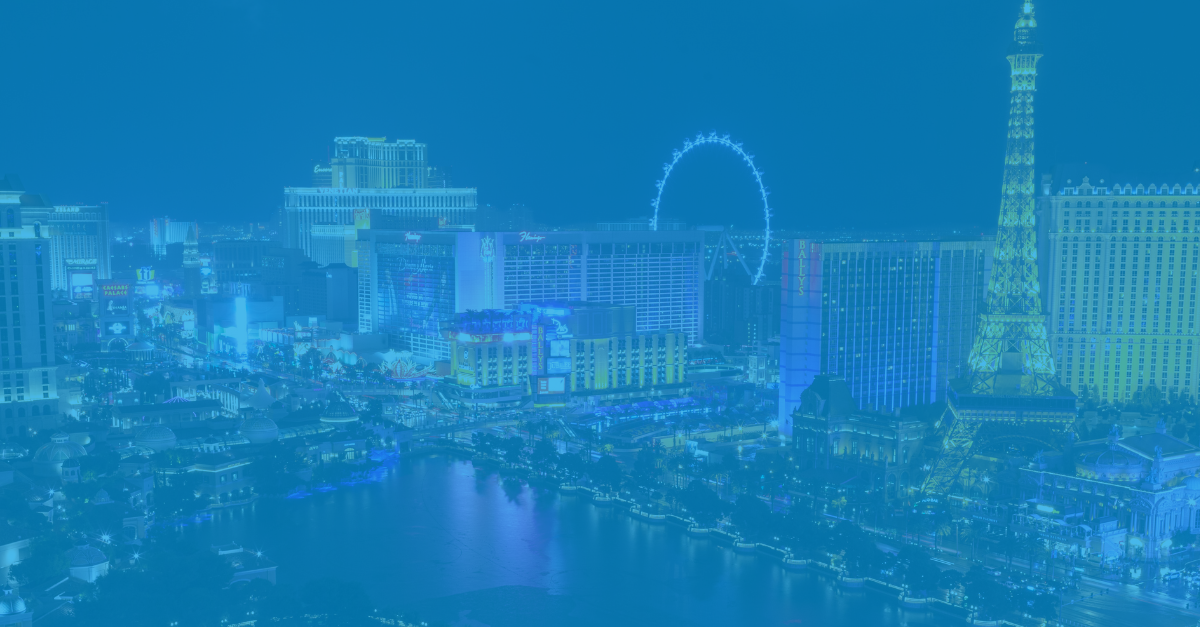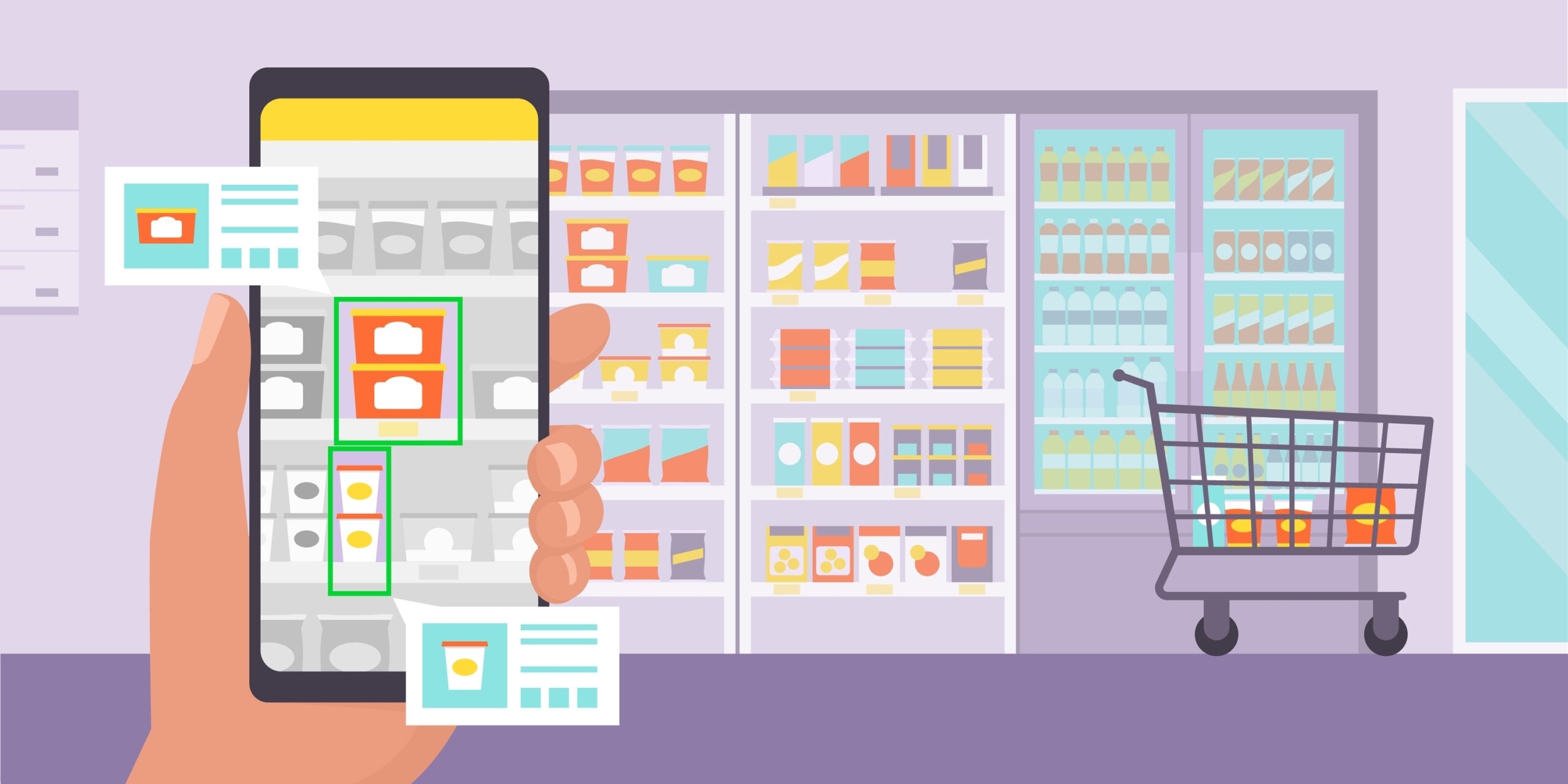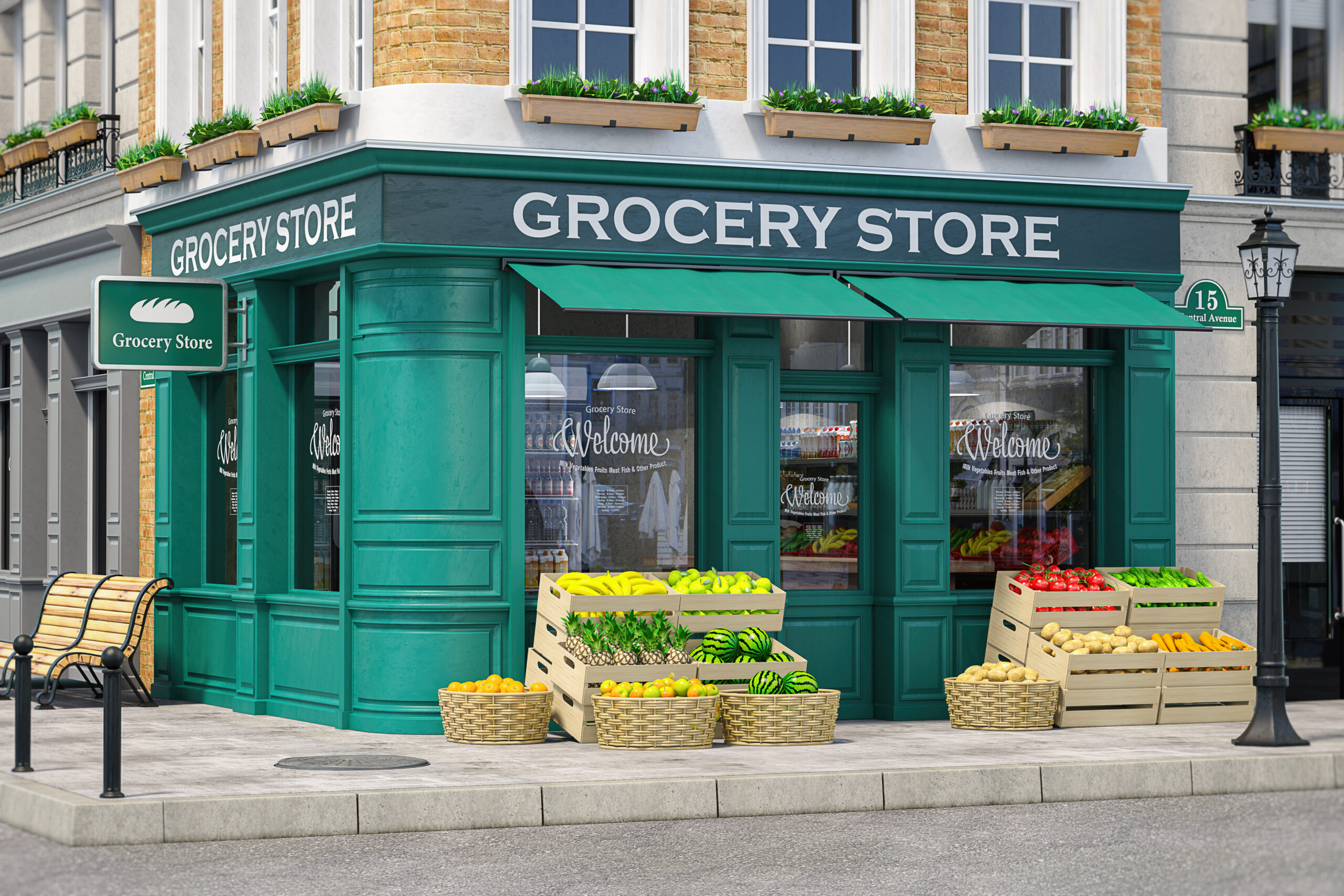Our team members at InContext recently attended Groceryshop, the world’s top event for grocery and CPG innovation. Our time in Las Vegas, NV has come and gone, but we took a lot back to Chicago in the form of innovative ideas and insights into the future of retail at Groceryshop 2022. As shoppers continue to be impacted by the remnants of the COVID-19 pandemic and an economy in flux, both topics were front of mind for show attendees, which included everyone from brands, retailers, retail tech startups, and more.
Takeaways
The following are our 2 big takeaways from Groceryshop 2022:
1. Consumers are shifting faster than ever before
During her session, Nielsen’s Laura McCullough gave the following statistics that account for the factors that have the biggest influence on shopper behavior:
• 38%- food prices
• 22%- gas prices
• 21%- economic downturn
• 20%- covid return
• 16%- utility prices
Clearly, the state of the economy has affected how consumers shop. While rising prices due to supply chain issues have driven dollar sales growth (+7.5%), unit sales/volume is decreasing (-2.5%), meaning shoppers are putting less in their baskets. What is the answer? There is a larger need than ever before for insightful, predictive analytics. McCullough expects to see more artificial intelligence (AI)-driven tools for pricing, assortment, and analytics that will help brands make agile decisions. Basket analysis is key, as incrementality is critical to understanding consumer behavior.
In addition, these same factors are impacting WHERE shoppers are shopping. C-stores are becoming increasingly popular as more people work remotely and want to stay closer to home. In addition, C-Stores are growing their food services in order to draw shoppers.
The following are some of the predicted impacts of C-Store shopping:
- 30% of new cars sold by 2030 will be electric
- The rideshare business industry will grow from $59B to $200B
- More people work from home, so there is less need for gas
- Change in shopper patterns. People stick to a 4-5 mile radius of their house
BOPIS (buy online pickup in-store) is another trend retailers are embracing in order to bring more shoppers into the store. One reason for this is that it presents the opportunity to capture the 2nd basket if the customer sees something they would like while in the store.
New technology within the retail space was also a noted subject, with an emphasis on digital cooler screens (which allows daypart pricing) and electronic shelf labels.
2. CPGs and retailers are looking to collaborate better
With the changing landscape of retail altering much of how brands and stores work together, a major focus of the event was how these two sides could work better together. How will the two have to update their business models to collaborate better in a changing retail ecosystem? Speaker and Director of B2B, Direct, and Emerging Retailers at The Hershey Company Andrea Steele noted the following:
- eCommerce used to be 2 to 3% of sales, so it didn’t get much attention from manufacturers, etc.
- Now 80% of shoppers are on their phones while shopping
Andrea said that Hershey reorganized 3 times to align with shopping changes. They found that both online and offline collaboration is needed, which is why they are embracing a holistic approach.
Brian Rudolph, Co-Founder & CEO of Banza shared that only 1 in 3 JBPs have a win/win outcome ICS, so there is a need for us to help with insights and enhanced collaboration. He also noted other sources of friction that hinder collaboration, including how the growth in eCommerce has made things more difficult for retailers, who have a larger penalty for low assortment and out of stocks. In addition, the optics around retailers is that it’s less sustainable because it’s perceived as a more carbon-intensive form of commerce.
For retailers to get more in touch with the needs of CPGs, it’s beneficial to look at what they want, which includes:
- Cost-effective testing
- Insights that drive innovation
- More targeted and precise marketing
- A deeper understanding of the shopper journey
- Innovative ways to reach shoppers where they shop
For CPGs who want to work on collaborating more effectively with retailers, it’s important to take account of the major shifts in the industry. The better you understand what retailers are dealing with on their end, the better the collaboration.
Traditionally, retailers have had the ability to run low-margin B2C with easy-to-understand products. But that’s all changing. Today, retailers run high-margin B2B with hard-to-understand products. In short, there are new challenges every day as the world changes, and it’s up to retailers and CPGs to work together to be more outward-looking. We can start by prioritizing:
- Shorter innovation cycles and early package testing
- Expanded go-to-market planning
- Data, analytics, and automation
In addition to the above comments, speakers also had a panel discussion about what creative ideas, observations, and feedback retailers or brands have brought to them in the past.
Some of the standouts include:
Brian Rudolph from Banza said that one thing he hears from retailers is that they are ready to hear more new ideas from brands. Especially if they are small or non-traditional grocery retailers (or even grocerants) that can move quickly, this means they are able to invest more and be more flexible.
Hershey’s Andrea Steele noted that for retailers, it’s all about the data, especially category data and insights.
According to Bill Bennett from Kroger, who was providing the retail perspective, some of the best ideas come from manufacturers who think differently. He also noted that retail could benefit from brand-agnostic online recommendations.
Technology Trends
Much of the innovation in the retail industry today, from both retailers and CPG brands, is being driven by new technology. The new tech trends were not a topic overlooked by Groceryshop. Some of the highlights included:
- Zippedi: A retail tech company powered by AI to take the guesswork out of inventory management and retail execution wit digital twin technology
- Placer.ai: Technology that gives retailers and brands an unprecedented look into consumer foot traffic data.
- Shoppermotion: RFID (Radio-frequency identification technology) shopping cart tech that captures insights about how people shop and how retailers can optimize path/basket size
Other Noteworthy Highlights
Groceryshop spanned four days and several sessions, panel discussions, and more. It would be impossible to cover every valuable insight that our team took away from the conference, but the following are some extra noteworthy takeaways we’ll remember:
- eCommerce provides new marketing and omnichannel opportunities, which means quick testing for marketing optimization will be necessary
- According to Kroger, an important retail media trend will be brands prioritize customizing their storytelling
- Banza has prioritized their insights and analytics team because they are data committed.
- Personalization will become a major priority for retailers and brands.
Contact us today at InContext to learn more about how you can use virtual reality simulations for your business.





